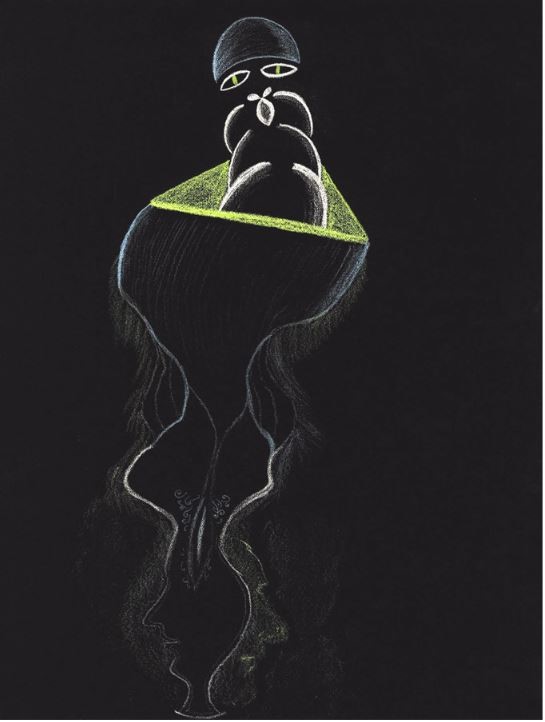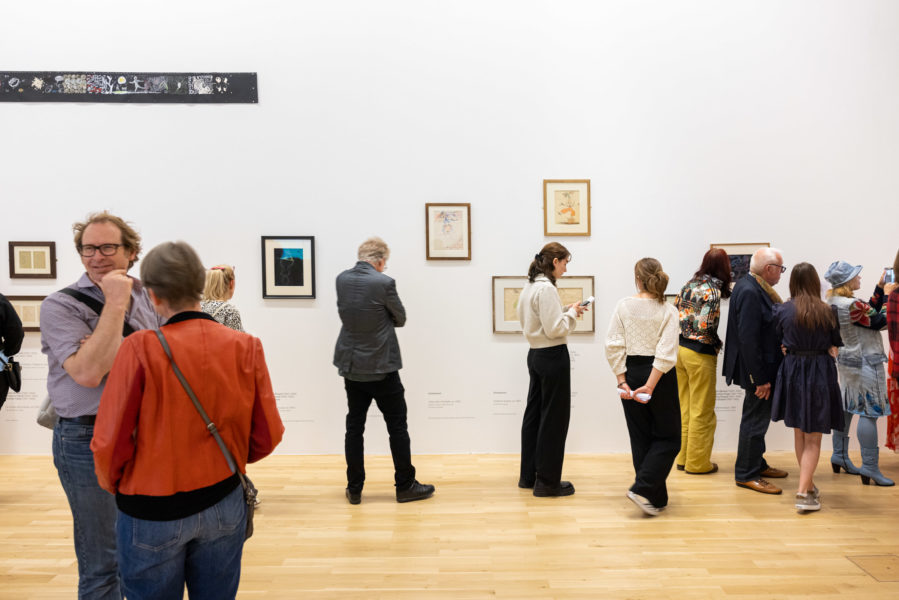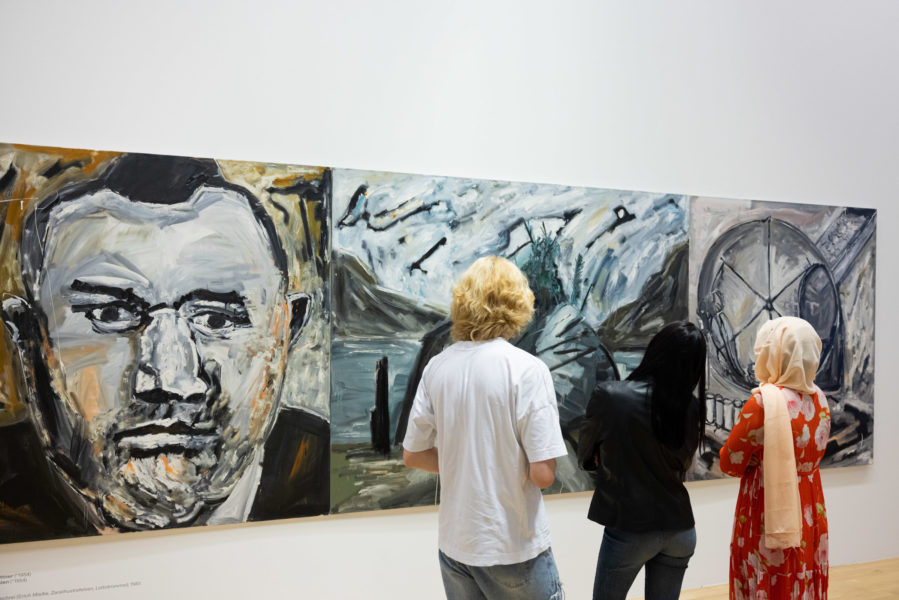Friendships
Collaborative Works from Dada to Now
Infos
There has hardly been a time when the idea of working in a team and bundling different competencies was as omnipresent and popular as it is today. Long before artists in the field of art formed permanent collaborative duos or collectives, the twentieth and twenty-first centuries in particular saw the emergence of collaborative works of art from a wide variety of personal, artistic, and historical backgrounds. The exhibition Friendships. Collaborative Works from Dada to Now explores the conditions and temporal constellations that led acquaintances, close confidants, friends, lovers, or even competitors to devote themselves to a collaborative work process for a limited period of time.
Especially in retrospect, it is easy to idealize the collegial togetherness and the genesis of the artwork. Not only enjoyable collaboration, but also (competitive) disputes among friends brought to light the most progressive ideas and new artistic methods. The fighting out of disputes, as well as complex amorous relationships, also accompanied the process that led to perhaps the most important discovery of the Surrealists, the cadavres exquis. With shared authorship, they significantly changed the paradigm of genuine artistic expression through play characterized by chance and improvisation. The Dada artists invented collaborative action art, which was further developed by the Fluxus artists with new themes. Driven by a common socio-political commitment, a group of artists realized the Grand Tableau Antifasciste Collectif in 1960 out of solidarity with an Algerian freedom fighter and to protest against colonialism and torture.
Developed in cooperation with the Mucem – Museum of European and Mediterranean Civilisations in Marseille, where the exhibition will be on view through February 13, 2023, the transnational exhibition project features a spectrum of collaboratively created artworks and is itself, in a sense, the expression of a friendly collaboration between the curator Blandine Chavanne and the artist Jean-Jacques Lebel as scholarly advisor. The countries of the two partner institutions, France and Germany, also share close ties of friendship.
Accompanying the exhibition, a richly illustrated book has been published by Hatje Cantz Verlag (ed. Blandine Chavanne and Jean-Jacques Lebel with Andreas Beitin and Jean François Chougnet), which contains essays, detailed texts on the works, and interviews with renowned authors to present the history and background of the collaboratively created artworks (German and French editions, 304 pages each, approx. 400 illustrations).
Curator:
Blandine Chavanne
Scholarly Advisor:
Jean-Jacques Lebel

Publication
In cooperation with the Mucem – Museum of European and Mediterranean Civilisations, Marseille

With kind support by

Media partner




